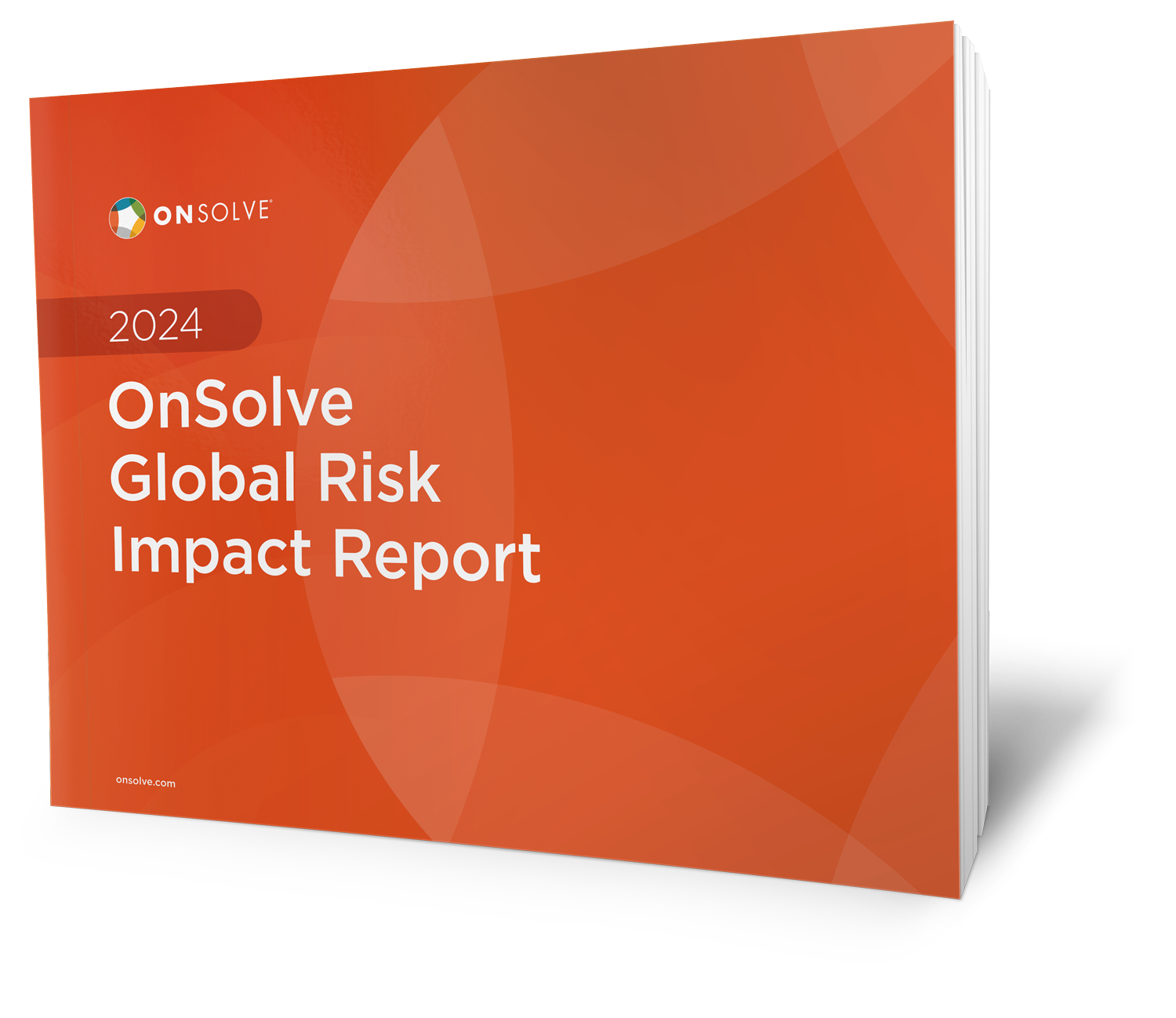Last August, lightning started 38 separate wildfires in Northern California. Together, these fires became the August Complex – the largest wildfire in California’s history – and charred over one million acres.
The California fires contributed to a record-breaking fire season. In total, wildfires along the West Coast burned more than 10 million acres, and experts now worry the 2021 season could be worse.
In a crisis of similar scale or scope, how fast would your organization be able to respond? Would your current Critical Event Management (CEM) system enable you to alert all your employees and business partners early enough, with enough time to act?
You’re not alone if you worry about how to navigate critical events of any size. Many large enterprises face hurdles when attempting to manage, understand and resolve threats and disruptions. In this post, we explore four of the top challenges – and what organizations can do to improve critical event response.
Challenge #1: Getting the word out to everyone
Almost four in 10 large enterprises say the ability to accurately notify 100 percent of stakeholders about emerging threats is their top challenge in a crisis, according to a survey conducted by Aberdeen.
This isn’t surprising, given their size. With thousands of employees, vendors and customers spread across different geographical areas, large organizations know effective communication is a complex effort. For instance, crisis managers and business continuity professionals need to consider time zone differences and understand how to engage mobile and remote employees. So what's the problem? If they can’t reach all of their stakeholders fast enough, their ability to limit the scope and duration of an event is diminished.
Unlike a traditional CEM system, a modern CEM platform combines AI-powered risk intelligence, critical communications and incident management. Together, these capabilities help organizations get the word out to the right people – and do so in less time. Advanced critical communications streamlines notifications, allowing enterprises to deliver urgent messages in multiple languages across a wide variety of channels like SMS, desktop, email and other platforms. Crisis teams can also geo-target specific locations and send relevant messages only to those impacted or specific groups.
Challenge #2: Losing technology when you need it most
A system outage is a high-cost event that can significantly impact operations, revenue and reputation. But what happens when the system used to alert employees, customers and partners is down during a critical event? According to Aberdeen, 35 percent of large enterprises report experiencing this challenge.
A modern CEM platform integrates with – but isn’t dependent upon – your business systems. That means it’s more resilient and is available any time you need it. Further, with incident management, enterprises can minimize downtime of mission-critical systems and business applications. As soon as a system goes offline, IT managers receive an automated message and can collaborate easily using their mobile phones to fix the issue.
Challenge #3: Missing actionable intelligence
In today’s digital world, emerging threats can transform into full-blown crises in an instant. Events like last spring’s civil unrest spread quickly across the country, making it difficult for large enterprises to understand the size, scope and impact on their operations and prepare a timely response.
AI-powered risk intelligence actively monitors massive amounts of data – including news and social media sources, weather services and more - for information relevant to your people, places and property. It helps enterprises assess the impact and provide actionable intelligence, so they can deploy the right resources to the right location. For instance, as a hurricane approaches Texas, they can focus efforts only those employees in the path of the storm.
Large enterprises understand the value of artificial intelligence for managing critical events. According to the Aberdeen study, 80 percent of survey respondents say they want a CEM that uses AI for faster event detection.
Challenge #4: Finding the right documents fast enough
More than a quarter (27 percent) of large enterprises in the Aberdeen study cite ineffective communication between departments as a key concern. During a critical event, effective collaboration is crucial for streamlining crisis response. Valuable time can be wasted as team members search for phone numbers or can’t find the right files.
However, with incident management, teams have easy access to relevant plans and important documents, and they have the tools they need to collaborate and communicate securely.
With a modern CEM, large enterprises have the capabilities they need to overcome these challenges and be more resilient for the next critical event. Further, AI-enabled CEM can help them future-proof their businesses and be more innovative and agile. As the world grows more uncertain and chaotic, isn’t it time to leave your antiquated CEM behind?
Download the full Aberdeen report and start moving beyond the limitations of traditional CEM today.
 US
US

